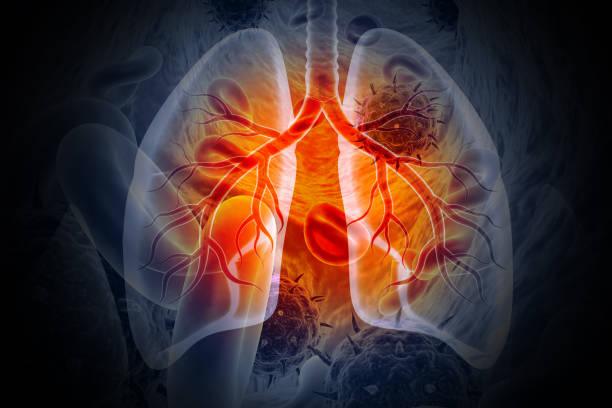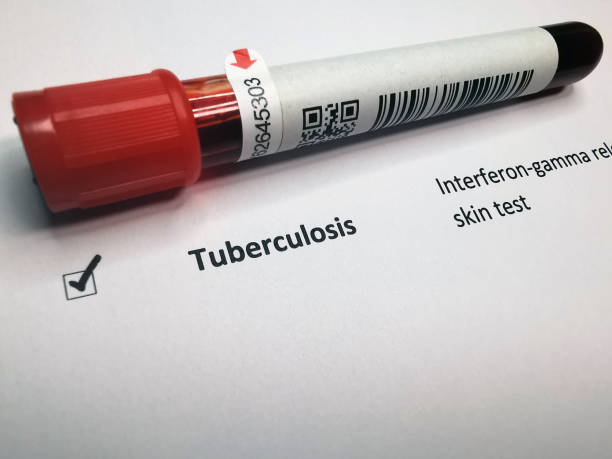“As tuberculosis cases increase in the U.S. and globally, health officials are working to understand the resurgence of a disease that was once in decline.”
ARTICLE BODY PART : An outbreak of tuberculosis (TB) – a lung disease often accompanied by a persistent cough – began in January 2024 in Kansas City, Kansas, and two nearby counties. As of early March 2025, the outbreak is ongoing. To date, 147 people have been diagnosed with TB, with 67 developing symptoms. The remaining 80 individuals contracted TB but remain asymptomatic, a condition known as latent infection.
TB is the leading infectious cause of death worldwide, second only to COVID-19 during the first three years of the pandemic. The Conversation consulted microbiologists Karen Dobos and Marcela Henao-Tamayo from Colorado State University to explain the resurgence of this ancient disease.
History of TB

Mycobacterium tuberculosis, the bacterium responsible for TB, has been infecting humans for thousands of years. Evidence of TB was discovered in 9,000-year-old skeletal remains from the Eastern Mediterranean region. The disease was documented as early as 410-400 B.C.E. by Hippocrates, who referred to it as phthisis, meaning a progressive “wasting away.”
Historically, TB has been known by various names, including consumption (due to severe weight loss), the white plague (due to anemia-induced pallor), and “the robber of youth” (as it often affected individuals aged 15 to 30). During the Middle Ages, a form of TB called scrofula, which causes neck swelling and lesions, was believed to be curable by the touch of a king, earning it the name “the king’s evil.”
In 1865, French army physician Jean Antoine Villemin demonstrated that TB could be transmitted between animals. Prior to this, the disease was thought to be caused by an inherent predisposition or an unhealthy lifestyle. The causative microorganism was ultimately identified in 1882 by German physician Robert Koch, who announced his discovery on March 24, a date now recognized as World TB Day.
How TB Spreads

TB spreads through airborne droplets expelled when an infected person coughs, sings, or breathes. In rare cases, it can be transmitted through unpasteurized dairy products or bone grafts from infected donors. The origin of the Kansas outbreak remains unknown, but it has disproportionately affected low-income communities, resulting in two deaths. A single untreated TB patient can infect 10 to 15 others.
The Role of COVID-19 in TB’s Resurgence
The COVID-19 pandemic has significantly contributed to the global increase in TB cases. Between 2020 and 2023, TB cases rose by 4.6%, reversing decades of decline. In the U.S., cases increased by over 15% from 2022 to 2023. Pandemic-related disruptions in healthcare access, medication shortages, and delayed shipments exacerbated the issue. Between 2021 and 2023, the U.S. experienced shortages of key TB medications, contributing to treatment delays and further spread of the disease.
TB Treatment
Multidrug therapy is the only effective treatment for TB. Before antibiotics were available, treatments included bloodletting, cod liver oil consumption, and sanatorium stays in high-altitude regions, though none were scientifically proven to work.
The first TB antibiotic, streptomycin, was introduced in the 1940s but quickly led to drug resistance. Isoniazid, a first-line treatment, was developed in the 1950s, but resistance emerged again. Today, TB is treated with two- and four-drug combinations. Active TB requires at least six months of uninterrupted treatment. Interruptions increase the risk of drug-resistant TB, which necessitates a longer, more toxic regimen of nine months or more.
All TB medications have side effects, impacting patients’ quality of life. Early diagnosis and treatment are essential to reducing transmission and minimizing drug toxicity.
Public Awareness and Prevention
TB remains a global public health concern. Education on transmission, treatment, and prevention is vital. Latent TB cases are particularly concerning, as infected individuals may unknowingly harbor the bacteria for years without symptoms. Without routine screenings or outbreak investigations, these cases may go undiagnosed and untreated.
Raising awareness and promoting early intervention are crucial in the fight against TB. Vigilance in healthcare access, prompt diagnosis, and comprehensive treatment can help curb its spread and save lives.


No comments:
Post a Comment